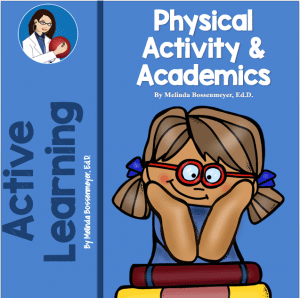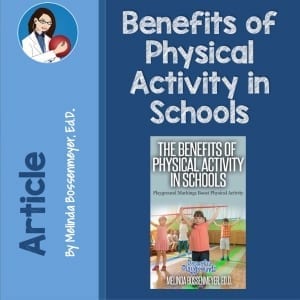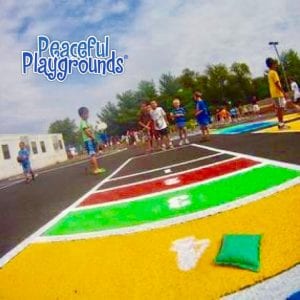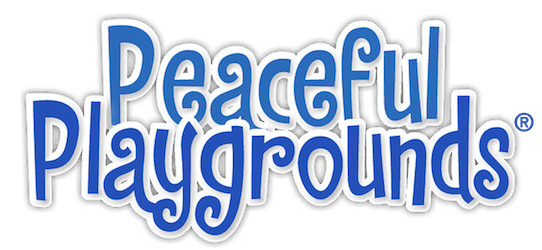To Enhance Learning Emphasize Physical Activity
By Dr. Melinda Bossenmeyer, The Recess Doctor

Playground Markings Enhance Physical Activity and Learning
As educators, it’s imperative to recognize the critical role physical activity plays in enhancing the academic performance and overall well-being of our students. Across the United States, our students face significant challenges in math and science, putting our nation’s competitiveness at risk. However, simply hiring more teachers or reducing class sizes hasn’t proven effective in improving graduation rates.
Physical Activity Benefits Cognitive Development
One often overlooked solution lies in incorporating more movement into our classrooms. Research consistently demonstrates the benefits of physical activity on cognitive function and academic achievement. Alarmingly, a large percentage of American children fail to meet daily physical activity recommendations, leading to a host of health issues including obesity, depression, and sleep disturbances. According to recent required Physical Fitness Tests, only 1 in 5 American school children are considered in good physical shape.
Many traditional classroom settings often require students to remain sedentary for extended periods, hindering their ability to engage fully with the material.
Kinesthetic learning, which involves active participation through physical movement and sensations, offers a promising alternative. [1] By encouraging students to learn through hands-on experiences and exploration, we can foster a deeper understanding of concepts and improve retention rates.
Studies have shown that integrating movement into learning activities not only enhances academic performance but also boosts motivation and autonomy among students.[2] For example, incorporating gestures or physical actions into language learning significantly improves vocabulary retention.
Using Movement to Teach Vocabulary
“When students explore new words through movement, they understand them better, retain them longer, and feel more empowered to use them.” Edutopia Newsletter.
Similarly, pairing activities like basketball with math lessons has been shown to lead to measurable improvements in subject proficiency and intrinsic motivation.
Furthermore, the concept of embodied cognition highlights the interconnectedness of body and mind. Engaging in low-intensity movement helps students regulate their alertness levels and enhances creativity. By leveraging this understanding, educators can create dynamic learning environments that cater to the diverse needs of students.
Simple strategies such as incorporating hand gestures or allowing students to draw their lessons can significantly enhance learning outcomes. Research indicates that combining cognitive and physiological activities leads to deeper encoding of information, making learning more meaningful and memorable for students.
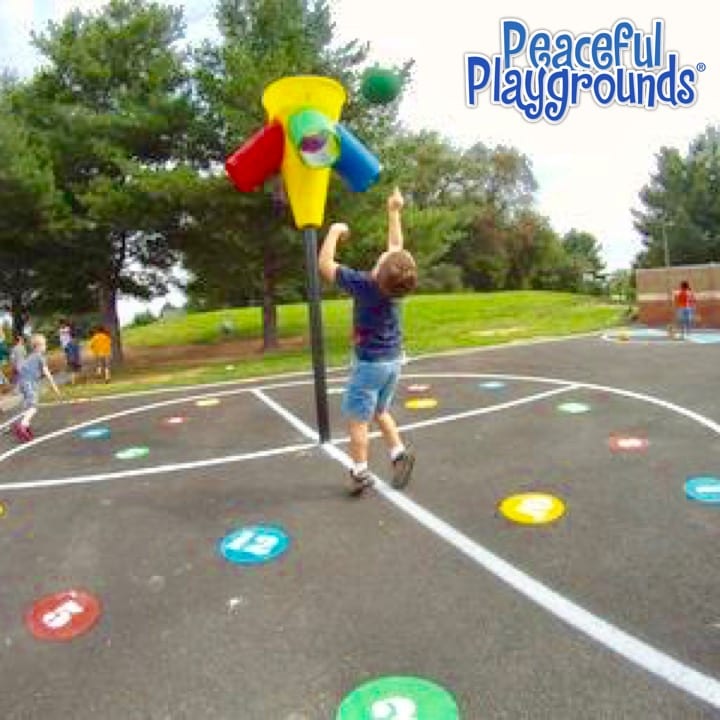
Infusing Movement into Academic Classrooms
A list of research-backed, teacher-approved activities that can help early math learners engage physically with abstract math concepts. One example is finger counting. Contrary to conventional wisdom, finger counting isn’t a crutch, and it doesn’t appear to hold kids back: One compelling piece of research shows that finger counting actually boots math learning, helping students to better understand numbers and acting as a “bridge between other (verbal, symbolic, and no symbolic) representations of numbers.” [1]
For older students: Example exercises include asking students to count how many times they can sink a basket from three meters away vs. a one-meter distance, and subsequently adding up the numbers—or multiplying or dividing the numbers. According to one researcher who spoke to Science Daily, the practice works because it “endows children with a sense of ownership of their calculations and helps them clarify and concretize abstract concepts, which in turn increases their motivation to learn mathematics.”

Number Line Activities
A number line helps in developing eye-foot coordination and sequencing of numbers 1-20.
Some activities include: 1) ask the child to jump one time in box one. Two times in box two etc.
2) This helps with understanding a one-to-one relationship. Have students jump or hop in only the odd-numbered boxes saying the number that they hop on.
3) Walk the number line backwards saying the numbers backwards 20-1 in order.
4) Use bean bags to throw at numbers. Add the total of the score for the numbers added together.
Ultimately, the goal is to make learning a more interactive and enjoyable experience for students.
By embracing movement-based approaches in education, we not only improve academic performance but also promote positive classroom behavior. As educators, it’s our responsibility to reimagine traditional classroom structures to better align with the needs of our students. To engage students, we need to make learning enjoyable and our ability to prioritize physical activity and kinesthetic learning in the education system may make a difference in what children learn and how they feel about learning.
For great suggestions on infusing movement into learning visit: Edutopia and sign up for their Edutopia Newsletter. https://www.edutopia.org/account/signup
[1] Physical activity and cognitive function: moment-to-moment and day-to-day associations, Int J Behavior Nutrition Physical Activity. 2023-11-22.
[2] Health and Well-Being Matter, ODPHP Director RDML Paul Reed, MD, https://health.gov/news/202112/physical-activity-good-mind-and-body Dec. 15, 2021
3 Eight Ways to Influence Movement in a Math Class. Boryga, Andrew. Edutopia https://www.edutopia.org/article/8-ways-to-infuse-movement-into-math-class Dec. 21, 2023.


